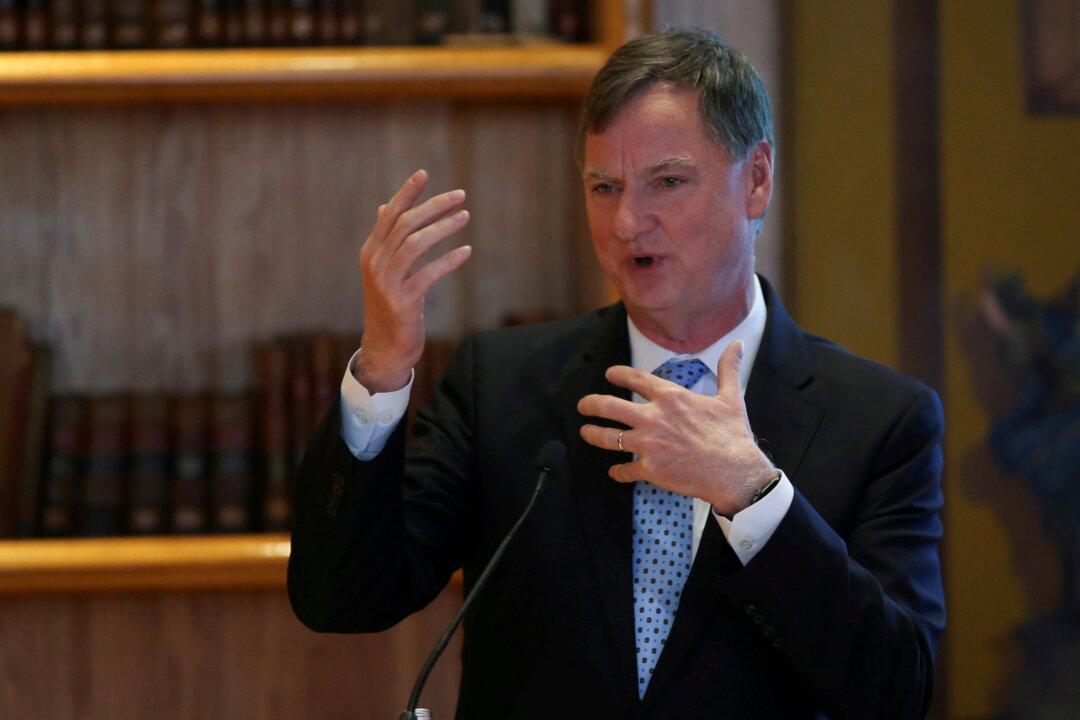CHICAGO—Chicago Federal Reserve Bank President Charles Evans on Thursday said the U.S. central bank’s policy rate is likely headed to 4.5 percent–4.75 percent by the spring of 2023 as the Fed increases borrowing costs to bring down too-high inflation.
“We have further to go” on rate hikes, Evans said at an annual meeting of the Illinois Chamber in Chicago. “Inflation is high right now and we need a more restrictive setting of monetary policy.”





